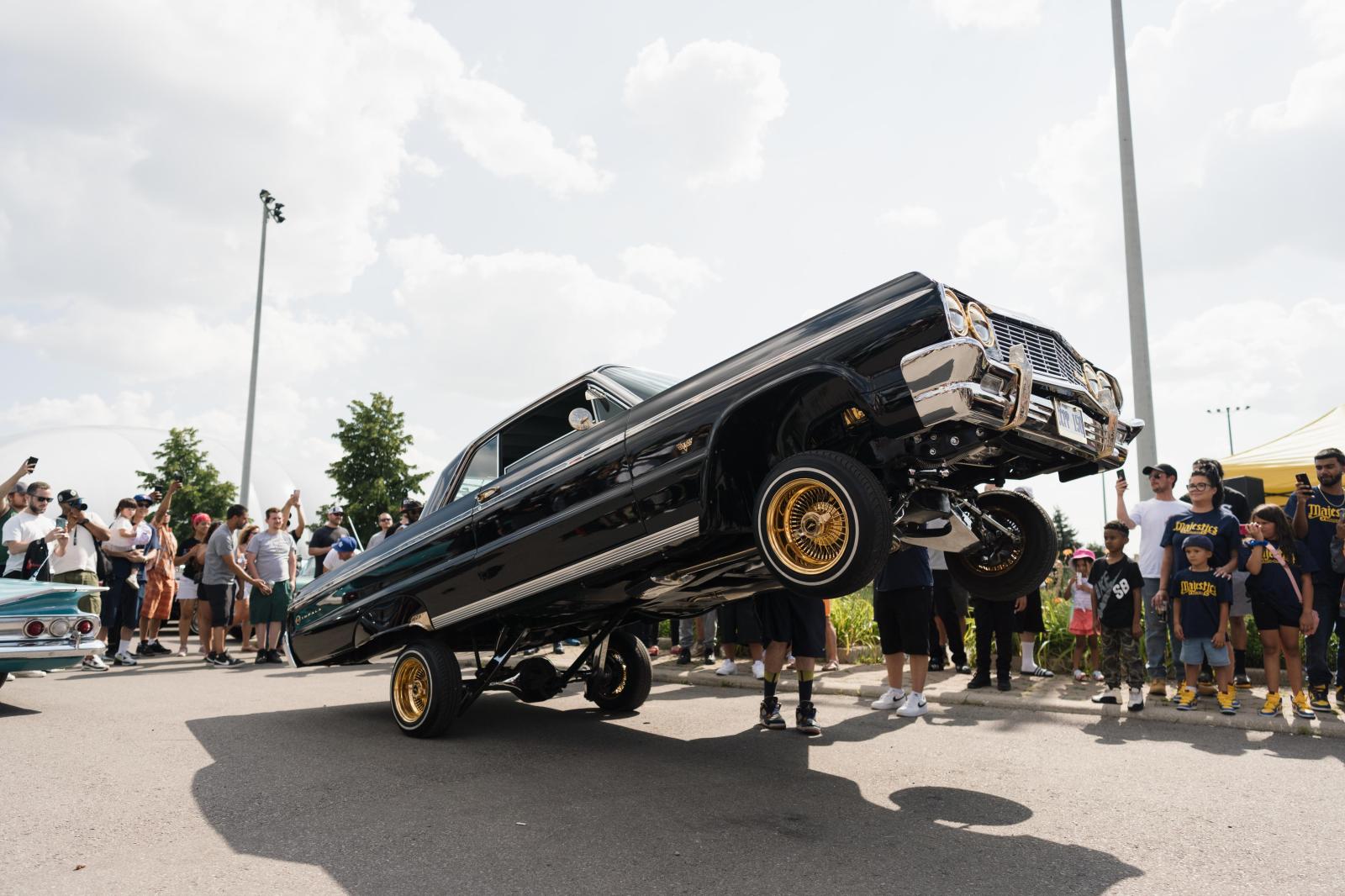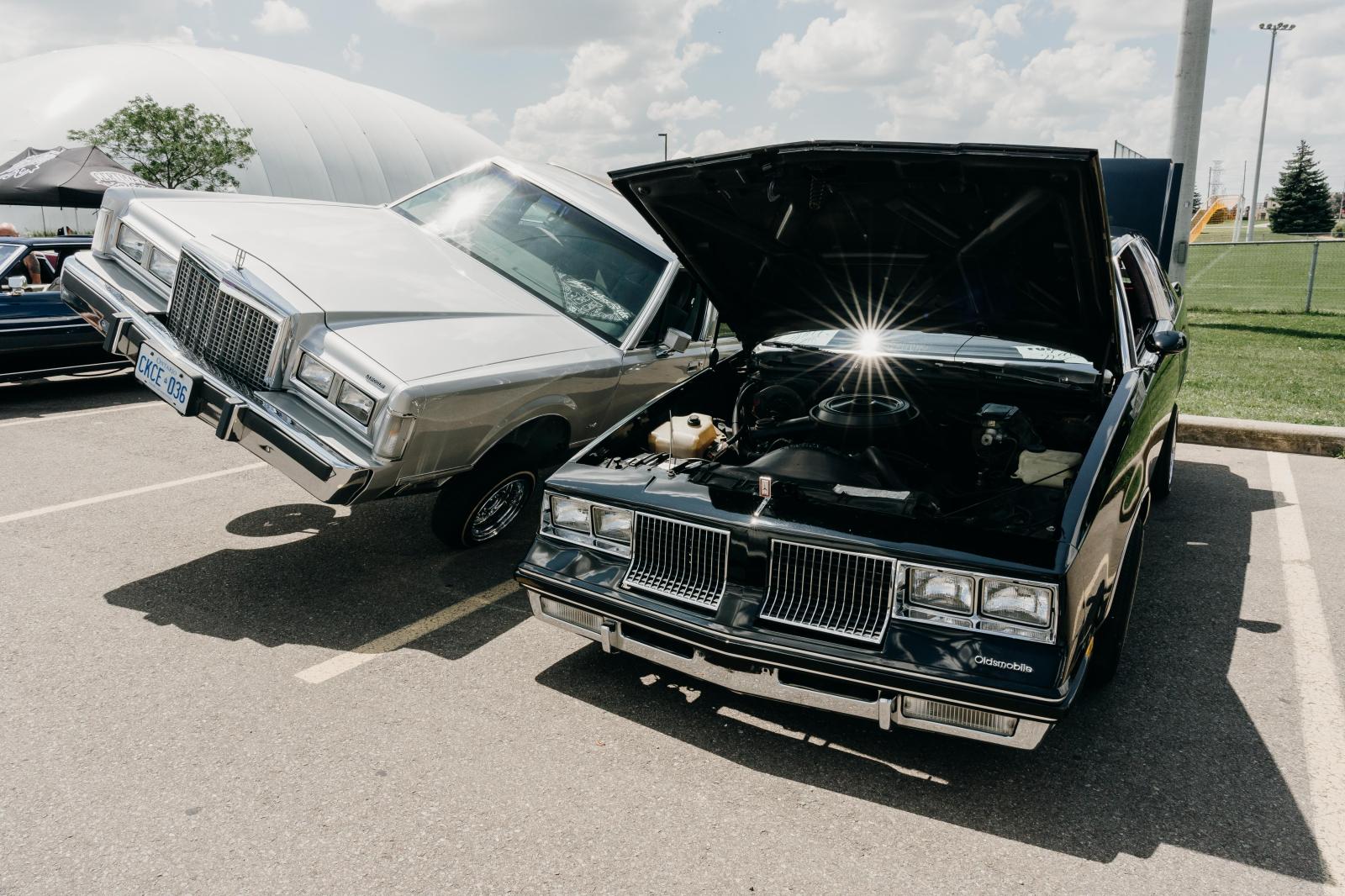News
Published
In Toronto, lowrider car culture builds community and honours its Chicano history
yader guzman
Aug 7, 2023
Summary
Lowrider culture and history goes back far beyond the West Coast gangster rap image most associate it with today. The roots date to the postwar years of the 1940s when returning Mexican-American serviceman began modifying their cars alongside the growing hot rod culture of white America.
As these original lowriders grew in popularity and began to take on more cultural significance within the Mexican-American Chicano movement in late 1950s California, laws were passed to restrict the use of cars modified to be lower than the bottom of its rims. In response, the surplus of Second World War aircraft hydraulics parts were used by the Chicano community to lift the cars on command, giving birth to the modern lowrider that can be raised, dropped, and bounced off the ground. Since the rise of West Coast gangster rap in the 1980s, the lowriders popularity has exploded to reach all parts of the globe, with established car clubs in countries such as Brazil, Indonesia, France, and Japan, which is currently home to arguably the biggest lowrider scene in the world today. While the association with rap music has led to the spread of lowriding and the culture around it, it’s also brought with it a negative connotation to gangs and crime – an association Mr. Forgione rejects.“It’s a passion for cars, art, and community and we’re paying homage to the culture appropriately,” says Mr. Forgione. “I mean, I can’t imagine those guys in LA back in the day would ever imagine that this would ever have reached Japan. I think they’d be proud, as they should be.”
View on theglobeandmail.com ↗
/cloudfront-us-east-1.images.arcpublishing.com/tgam/S3CFVMPRUZHQ7FZHV32JLMZZPQ.JPG) In Toronto, lowrider car culture builds community and honours its Chicano history
In Toronto, lowrider car culture builds community and honours its Chicano historyStarted by Mexican-American serviceman modifying their cars in the 1940s, lowrider culture finds a new home in Toronto
Theglobeandmail.com














